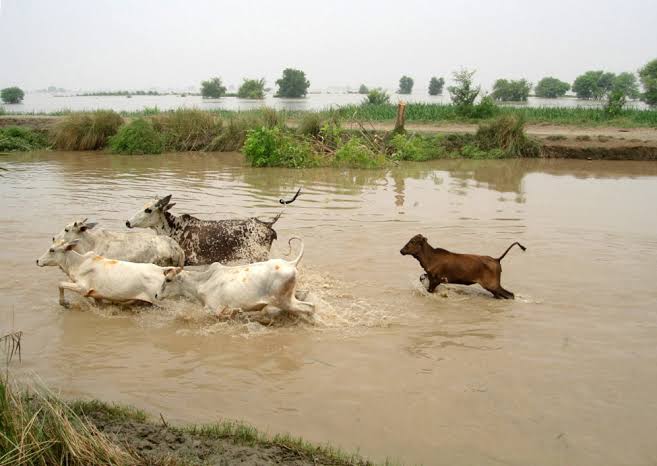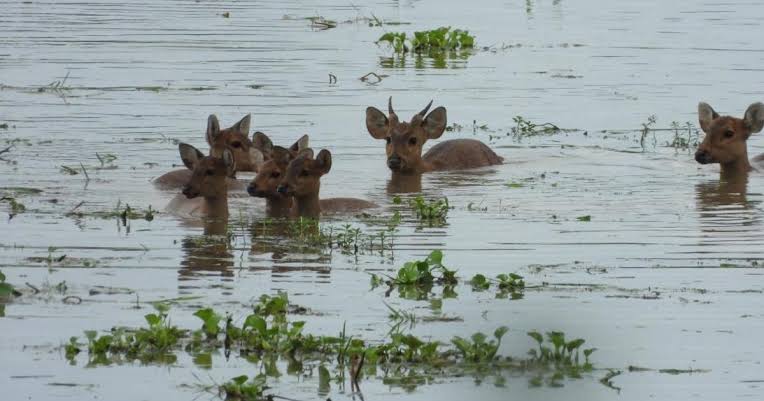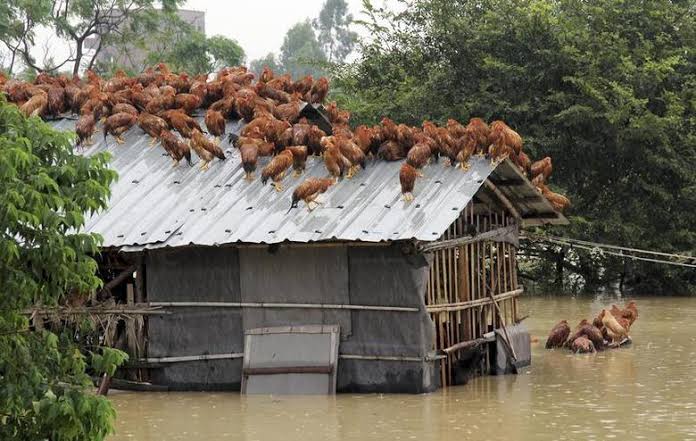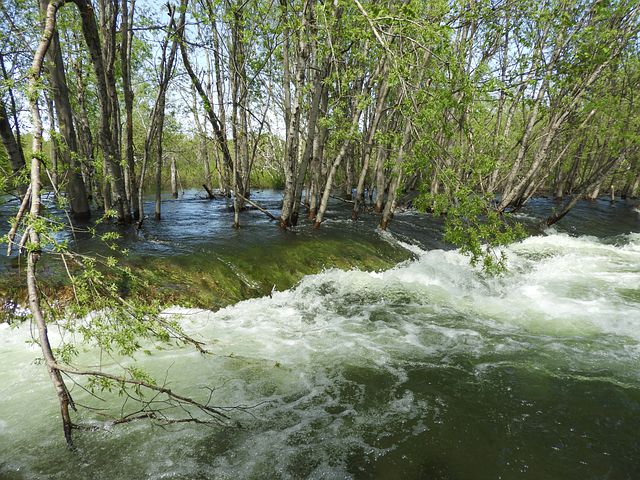Floods: The Elements and Agriculture (Part 2)
Floods are the overflow of large amounts of water beyond the normal limit on dry land. It is a discipline of study known as hydrology. Floods are a cause of major concern for agriculture. By Marinda Sauerman
Types of floods
The climatological community has defined five types of floods. They are coastal, river, flash, groundwater, drain and sewer flooding.
Climate change
Like drought, floods can also be a sign of climate change as the heavy rainfall, snowmelt, overflowing rivers and collapsed dams are all linked to the unpredictable swing of seasons due to global warming. According to NASA heavy rain events can overwhelm the local watershed’s capacity to absorb excessive water. This will disrupt the water cycle and lead to agricultural damage.
Deforestation increases the risk of flooding because when trees are removed, the global capacity to take in carbon dioxide is reduced and as carbon dioxide increases in the earth’s stratosphere it depletes the ozone layer and increases the harmful ultraviolet light radiating inwards. Scientists estimate that about 10% to the global warming problem can be attributed to deforestation.
Consequences
Flood damage can have disastrous consequences in agriculture as floods cause soil depletion making it impossible to farm on the land. It can lead to crop damage when fields are submerged and loss of livestock through drowning. We all know that there are crop-types that are farmed on seasonal river floodplains, but in this article, we are discussing natural disasters – flooding that is not beneficial to agriculture or human and animal life.
As water contains less oxygen than soil and air, warmer stagnant floodwater depletes crop of oxygen. Plants suffocate, especially less mature plants and crops submerged underwater too long. Plants suffer nitrogen loss, and this weakens the plants defence. Without nitrogen there will be smaller crop yield and higher development of pathogens which will lead to disease. The growth will be negatively influenced due to excess weeds. Soil gets displaced and fertile topsoil gets washed away leading later to erosion. Floods can cause rocks and sand to smother and destroy exposed crops.
Prices of meat and maize will spike due to excessive rain. Some farmers may suffer huge losses while some small farmers might lose everything because of the lack of financial support.
The impact on agriculture is devastating as the sector contributes less to the country’s GDP. Agro processors will have limited supply of produce and suppliers would be influenced in terms of sales. This would influence the cost of food and will put the countries overall food security at risk.




Pro-active government interventions
Government assistance is crucial for farmers, and governments should be actively involved and focussed on their financial and strategic planning for the farming sector. By understanding the risks associated with flood damage in a specific region, financial institutions will feel more secure when lending money to farmers. Research and risk assessment is crucial as damaged farmland is seen as a high risk to lenders.
Pro-active interventions would include investing in infrastructure such as drainage systems; investing in education for small farmers who are more at risk; investing in research and technology to assist in periods of excessive rain and flooding and establishing grants and insurance funds.
Multi-layered Impact
Wildlife suffers as floods create food shortages for animals not to mention the destruction of wildlife habitat and the introduction of wildlife disease and even migration and extinction of endangered species through drowning and hunger.
In society, anxiety and depression rise as the result of economic losses. Loss of homes and livelihoods in rural areas and in cities. If governments do not have enough funds to resettle the displaced, many people would be made homeless, and crime would rise. Children may become dependent on welfare system support – in general there would be a negative impact on the future of a country.
The environment is impacted as plant communities die because of the poor quality of the soil.
Chances of Recover
| Can a farm recover after a flood? The answer is yes, providing the farmer has the funds and energy to take on this enormous task. Land recovery is expensive. Cleaning, draining water from fields, weed control and soil nutrition is product and labour intensive. To plant again you need to have healthy soil. If harvested crops in silos are damaged and livestock wiped out, farmers might have to make loans to assist in the process of regaining productivity on their farm. |
Lessons learned
Although many economic sectors are affected by floods, we are still a far cry from being prepared for the environmental damage and the personal and financial loss that floods bring about. Instead of learning from the past, it is quite surprising how many developing and developed countries are still vulnerable to floods. It is imperative that lessons are learned, and more focus is placed on preparedness through prediction and early warning. All stakeholders need to get involved.
